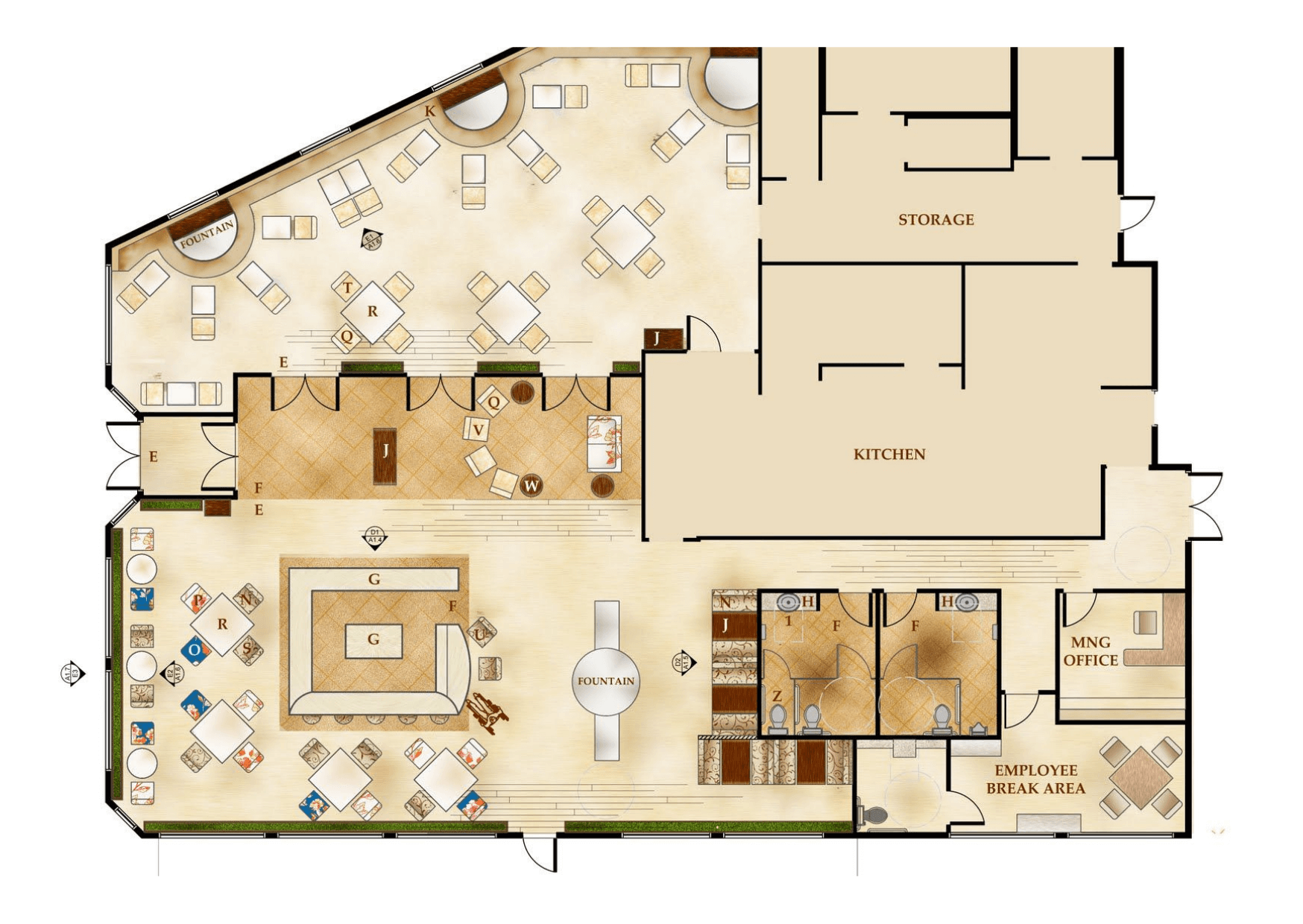
7 Common Restaurant Interior Design Mistakes Experts Always Spot
The arrangement of the restaurant’s interior is a crucial element, which decides whether the restaurant generates income or losses. Designing and renovating a premise to attract customers and stand out from the competition is a real challenge for interior architects and renovation teams. The key to success is a timeless and changeable project. At the same time, the design of the rooms must let waiters and staff move around efficiently. Here is a summary of the seven most common interior design mistakes which construction experts always spot.
1. The use of Low-strength Materials
When assuming a budget, you must consider that furniture and interior elements in restaurants are much more susceptible to damage than in home conditions. In the restaurant, tabletops, floors and upholstery materials are in intensive use. It is worth investing in solid materials, such as vinyl panels, which are more and more popular. Regardless of the traffic, retain their perfect appearance – without scratches, dents, cracks or discolouration. In addition, they are more adhesive than, for example, a traditional laminate, as shown by the anti-slip tests – and thus, they better fit into the health and safety requirements.
2. Non-ergonomic Solutions
The most common non-ergonomic solutions are too small tables, narrow passages, uncomfortable chairs, too high or too low tabletops, no places to hang up outer covers, and slippery floors. Such non-functional solutions do not encourage spending time in a restaurant. Consider the working conditions of employees. A kitchen that is too small, a bar that is too narrow, a staff room or a toilet that is difficult to access might reduce work comfort, effectively discouraging it.
3. Common Lighting Mistakes
There are no universal rules for selecting restaurant lighting. Its type should match the character of the interior – a self-service bistro is lit differently from an exclusive restaurant. It is a crucial factor influencing the atmosphere and the reception of the interior. Creating the right ambience for guests is a real art. Both the intensity of light and its colour is essential. Inadequate lighting can make the food look unappetizing, and the space becomes unfriendly. It is worth using various solutions when it comes to lighting so that the interior presents good during the day and at night.
4. Restaurant Interior Design Like Living Space Design
One of the most common mistakes is to design an interior like a living space. Many restaurant interiors are simply monotonous, which makes them not memorable. The restaurant should have a different character because guests spend less time in it than at home. It should stand out and attract not only with tasty food but also with the unusualness of the space. Let’s focus on restaurant decor. Colour, shape and texture will create the desired atmosphere, and rearranging the restaurant will not generate high costs.
5. Disregard for Adequate Sound
Quite often, in some restaurants, guests cannot eat or talk in peace because the sounds coming from the loudspeakers are irritating for reasons other than the type of music. Even the best-selected playlist will not help when a sound system is not suited to the space and nature of the property. You should consider the restaurant’s sound system at the design stage. Sometimes it is worth taking care of such details as, for example, hiring an acoustician to help you properly distribute the sound sources around the premises.
6. Focusing Only on the Interior Design of the Restaurant
Despite the attractive arrangement of the dining room, many restaurants have display windows that are not very inviting, a sign that is difficult to see, or an entrance that is difficult to locate. All this means that many guests might bypass it without even looking inside and not giving themselves a chance to see its potential. Delicate, as an accessory, neon is a good idea so that people on the street will know that there is a restaurant inside.
7. The use of Difficult-to-clean Materials
Shiny, smooth floors or light upholstery of chairs, where you can see every dust, look good only for a moment. Even the most expensive furniture or material will not fulfil its function if it is not clean and tidy. A suitable solution is a vinyl floor, which can imitate stone or wood, and does not require special care and is easy to clean.
